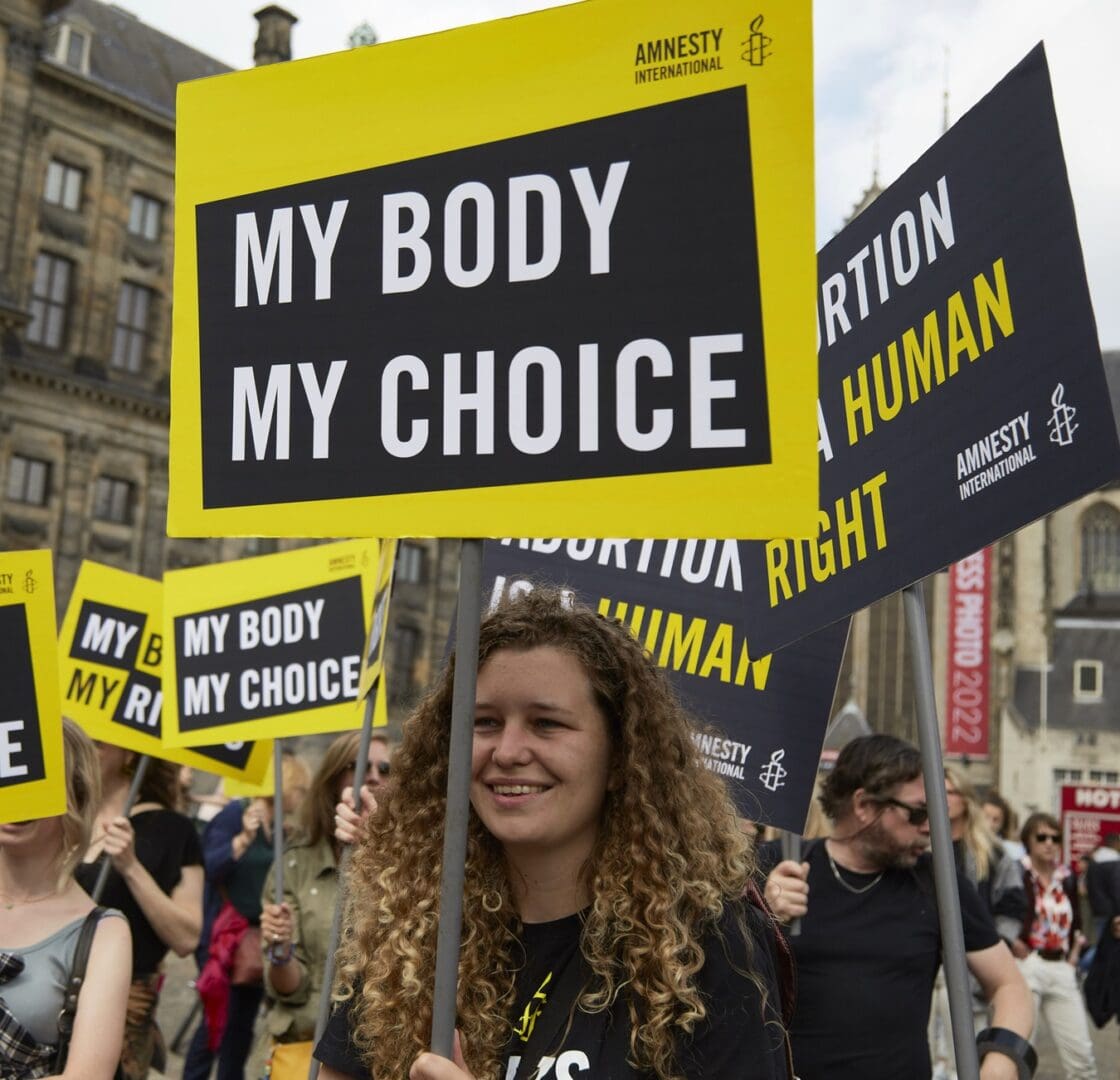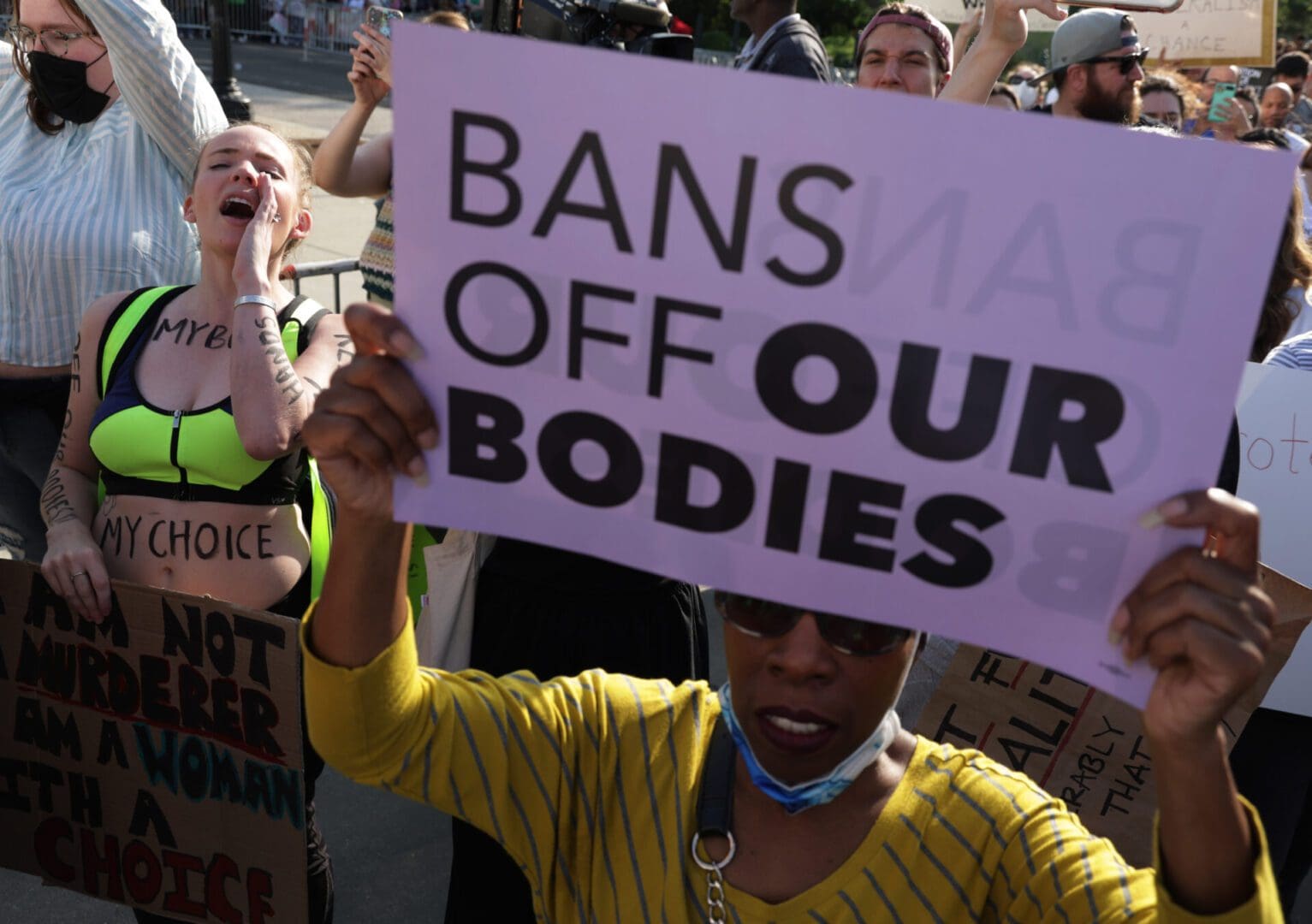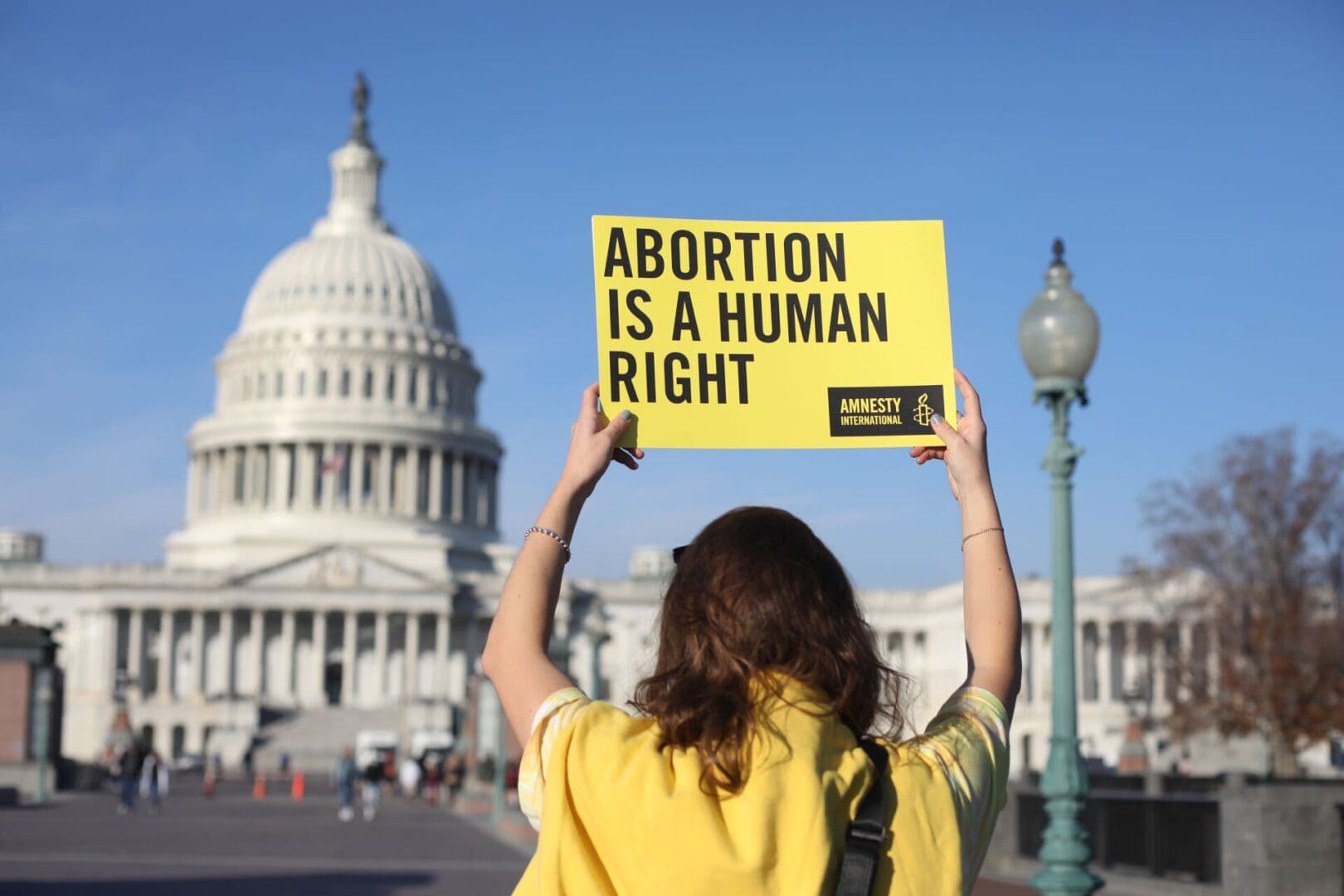Abortion is a human right.
Abortion is healthcare. Abortion is normal. Abortion access should be simple.
Every person has the right to decide for themselves whether or not to carry a pregnancy to term.
Need an abortion? Click here. Need help paying for an abortion? Click here.
Want to talk to someone about an abortion decision? Click here.
How you can take action

(Amnesty International Sweden)

(Jacob Wackerhausen/iStock)

(Pierre Crom/Getty Images)

(Ariel Skelley/Getty)

(Amnesty International)

(Delmaine Donson/Getty)

(Alex Wong/Getty Images)
Access to abortion is a human right, and international human rights committees have consistently found that criminalizing abortion violates the rights of women, girls, and people who can become pregnant in a number of ways.
Following the Supreme Court’s reversal of Roe v. Wade in June of 2022, abortion rights are no longer federally protected in the U.S.
We must fight for our rights now more than ever!

